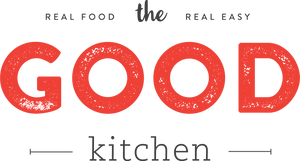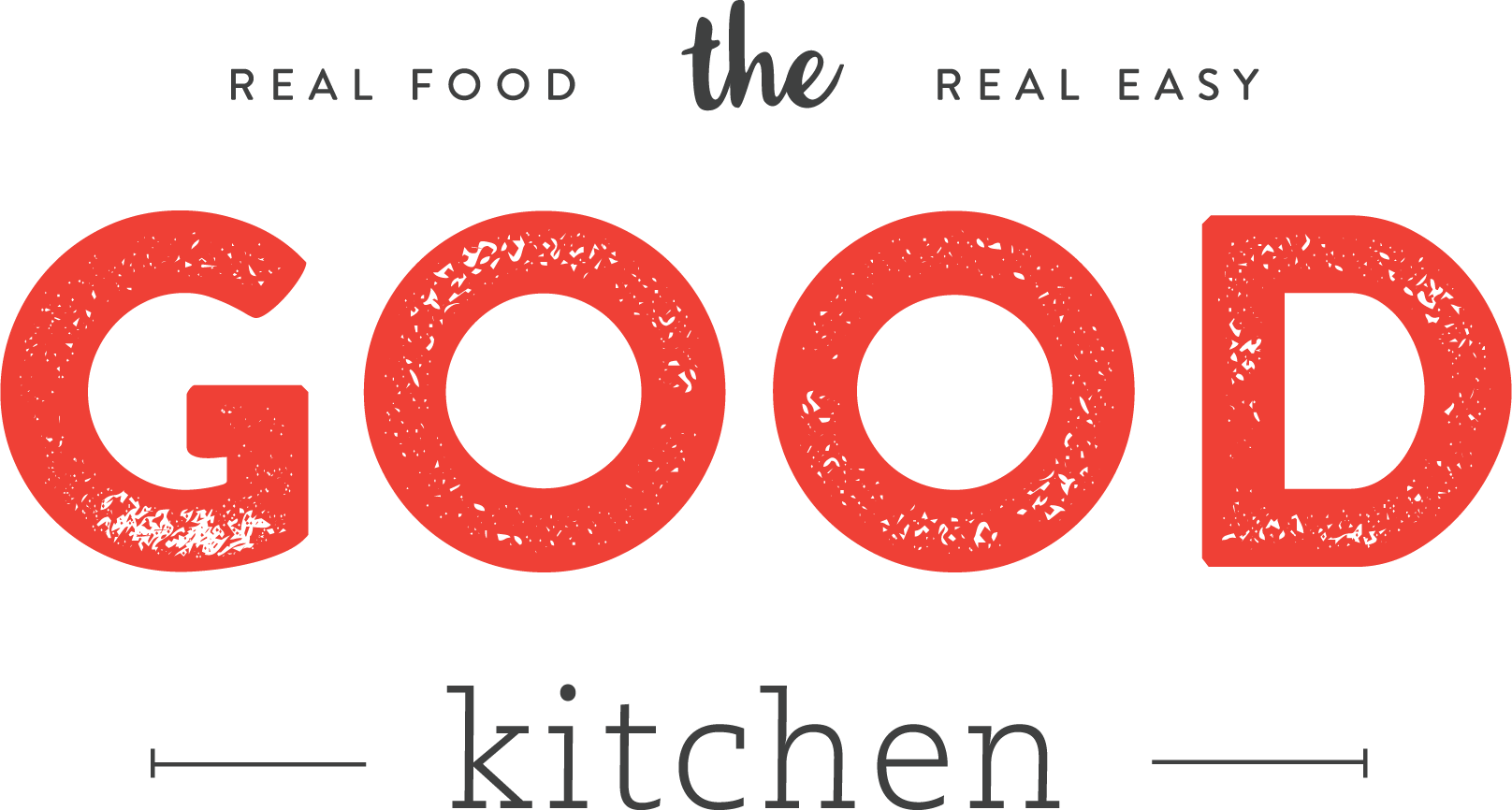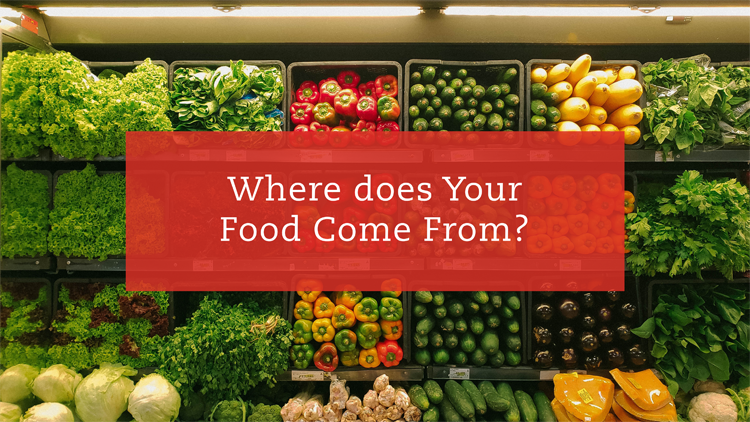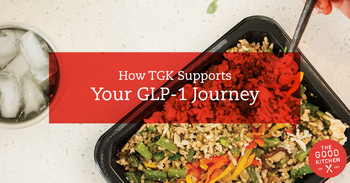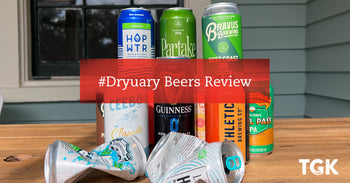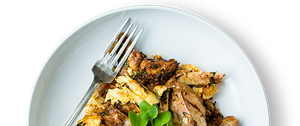Where Does Your Food Come From?
Check out the first food system map of its kind. Where does your food come from?

Everyone’s asking – out of curiosity, or concern, or both. Walking through a supermarket is like walking through Oz: it’s full of novelties, but no one’s really sure what’s behind the curtain. Now, we can catch a glimpse.
Researchers at the University of Illinois have shed a light on the wizardry of the modern food system by creating the first comprehensive, high-resolution map of the U.S. food supply chain. Their work tracks the flow of everything from veggies to junk food along a web of farm capitals and food hubs across the country.
The results are dizzying.

Some key takeaways:
-
Cali is the real MVP: More than a third of the country's vegetables and two-thirds of the country's fruits and nuts are grown in the state.
-
The map tracks a cool 9 million transport paths between counties in the U.S.
-
From harvest to the grocery store, your food makes its way all around the country for storage, processing, packaging, and transportation.
Looking at this map, it’s easy to feel awestruck. After all, it’s a massive achievement that we as a society have been able to develop a system that delivers food from around the world to people in nearly every corner of our country. But we’re starting to realize that the food we’re delivering isn’t always the food we need. The winding path to farm to table was paved with good intentions, but it’s landed us in a predicament: In the quest for efficiency, we’ve embraced foods and farming styles that are producing less nutritious food, damaging the soil, polluting waterways, and disregarding animal welfare. (And of course, transporting food over vast distances isn’t great for reducing emissions, either)

In the quest to feed the world, we haven’t taken much time to step back and consider what kind of world we’re creating in the process.
Using boatloads of pesticides, raising animals on factory farms, and producing huge amounts of processed, highly refined foods may make producing food easier in the short term, but it’s setting us up for failure in the long run by damaging the land we need for growing food and compromising our own health.

If we can set up this vast, impressive network to deliver food, we think humanity is capable of adapting this network to actually deliver good food too. It won’t be easy. Scaling responsible farming practices like regenerative farming takes a lot of work and investment. But what are we doing on the planet if we aren’t shooting to improve things?
We want to use this amazing system for good. That’s why we do the work to figure out where the best food comes from, and then deliver it straight to your door. For us, good food is well-sourced food. We’re committed to the highest standards for sourcing, and by growing our TGK tribe, our goal is to support the producers that are making real food the right way and make them the biggest players in our food system, instead of the companies that are cutting corners at the expense of the planet and our health. We support the work of the Savory Institute to empower regenerative farmers, and are working for a day when all of our meals – and all meals in general – can come from farms that grow nutritious food responsibility.

Want to know what well-sourced food actually tastes like? Check out what we whipped up for the menu this week.
Thanks for helping us build a better system, where we can connect people with the farmers that do it right.
